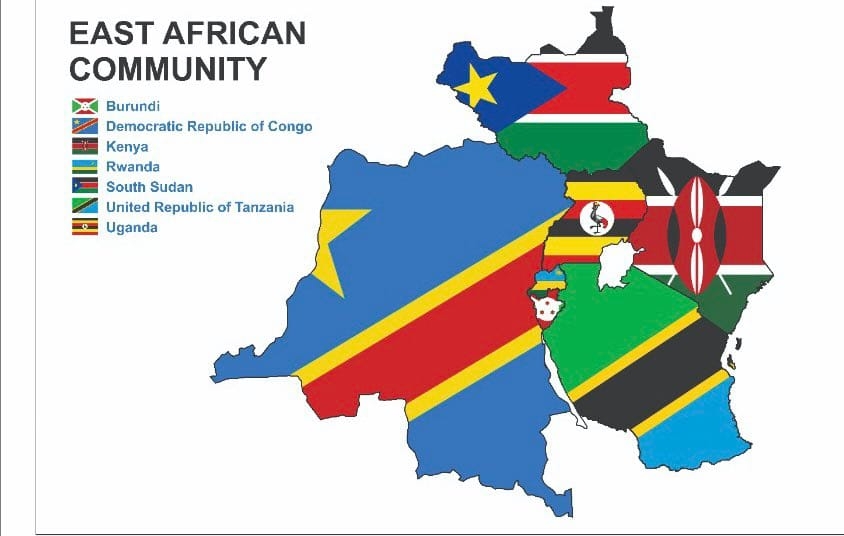On August 9, scientists observing changes in the Earth’s climate observed changes that are unprecedented in thousands, if not hundreds of thousands, of years.
Some of the changes already set in motion — such as continued sea-level rise — are irreversible over hundreds to thousands of years.
Countries like Kenya are already experiencing impacts of climate change such as rising lakes in Rift Valley and drought cycles in some counties.
The water levels in the Rift Valley and Lake Victoria have been rising since 2010, submerging riparian areas, farmlands and infrastructure and causing a humanitarian crisis.
By 2020, 19 lives had been lost to crocodile attacks due to rising, spreading lakes.
A report that was prepared by researchers showed that climate change forms the main driver to the rising water levels.
Floods have also been wreaking havoc. For instance, in 2018, 230,000 people were displaced due to floods.
WORSENING DROUGHT
In 2008-11, droughts caused more than Sh1.1 trillion in losses to the economy. The 2014-18 droughts affected 13 counties. Some 3.4 million Kenyans were severely food insecure, while 500,000 did not have access to water.
In July this year, the government urged Kenyans to brace for harsh weather conditions between August and December that could lead to severe drought.
Counties such as Garissa, Isiolo, Kilifi, Mandera, Samburu, Tana River, Wajir, Lamu, Marsabit and Turkana are the hardest hit by the drought.
Devolution CS Eugene Wamalwa said the Food and Agriculture Organisation had committed Sh1.5 billion and the EU Sh500 million towards assisting the vulnerable families through the provision of water.
Already, the government has released Sh559 million through the Hunger Safety Network, targeting 100,000 vulnerable families affected by the drought.
The National Drought Early Warning Bulletin indicated last month that 12 counties, namely Marsabit, Mandera, Garissa, Wajir, Kilifi, Tana River, Lamu, Samburu, Kitui, Lamu, Isiolo and Laikipia, were in the alert drought phase.
“The worsening trend across most ASAL counties is as a result of the poor rains received during the March April May 2021 long rains season,” the bulletin stated.
The Early Warning bulletin further revealed in nearly all the counties, livestock production indicators are currently fair and on a declining trend as compared to the normal period.
Sea levels have also affected coastal towns and communities and are expected to impact up to 86,000 people a year and lead to coastal erosion and wetland loss at an annual cost of Sh6 billion by 2030.
FASTER WARMING
In 2016, Kenya ratified the Paris Agreement and submitted ambitious Nationally Determined Contributions (NDC) with a commitment to reduce emissions by 30 per cent by 2030.
Environment PS Dr Chris Kiptoo says the updated NDC increases mitigation commitment from 30 per cent in 2016 to 32 per cent by 2030.
The NDC also commits to enhance resilience in all sectors of the economy, Dr Kiptoo says.
The PS says the implementation cost of the updated NDC mitigation and adaptation is estimated to cost $62 billion (Sh6.710 trillion) between 2020 and 2030.
The latest Intergovernmental Panel on Climate Change (IPCC) Report showed that strong and sustained reductions in emissions of carbon dioxide (CO2) and other greenhouse gases would limit climate change.
The report provides new estimates of the chances of crossing the global warming level of 1.5°C in the next decades and finds that unless there are immediate, rapid and large-scale reductions in greenhouse gas emissions, limiting warming to close to 1.5°C or even 2°C will be beyond reach.
The report shows that emissions of greenhouse gases from human activities are responsible for approximately 1.1°C of warming since 1850-1900, and finds that averaged over the next 20 years, global temperature is expected to reach or exceed 1.5°C of warming.
This story first appeared on Star Sasa, accessible on Sundays for Sh10 on https://www.mgazeti.com/
Edited by T Jalio

















